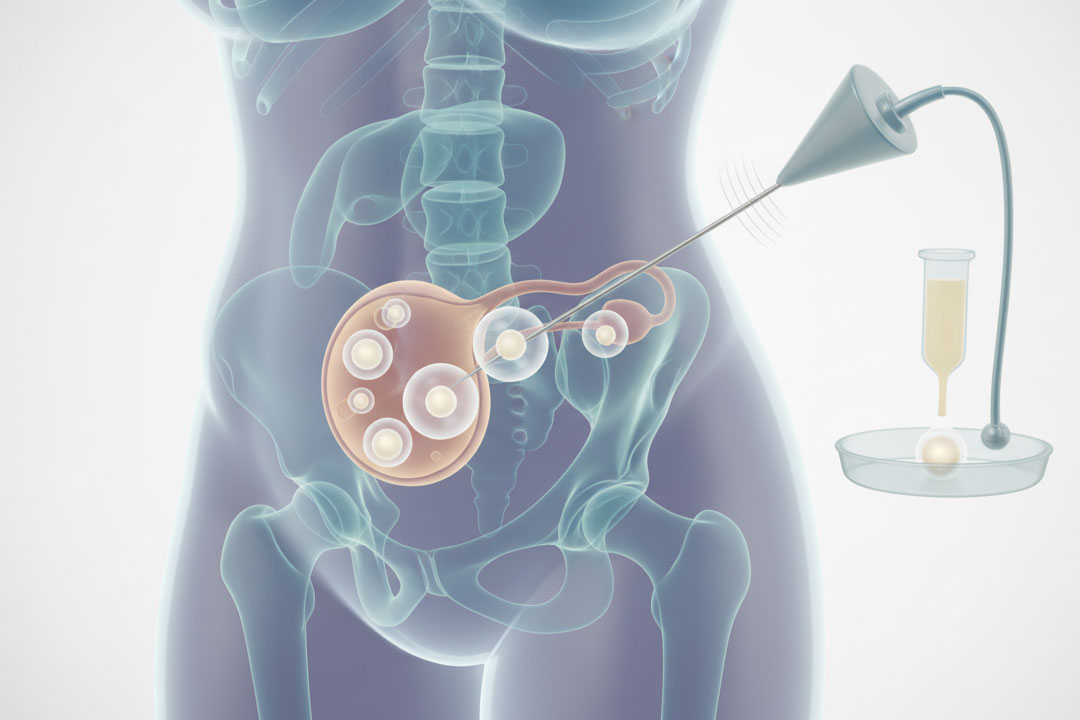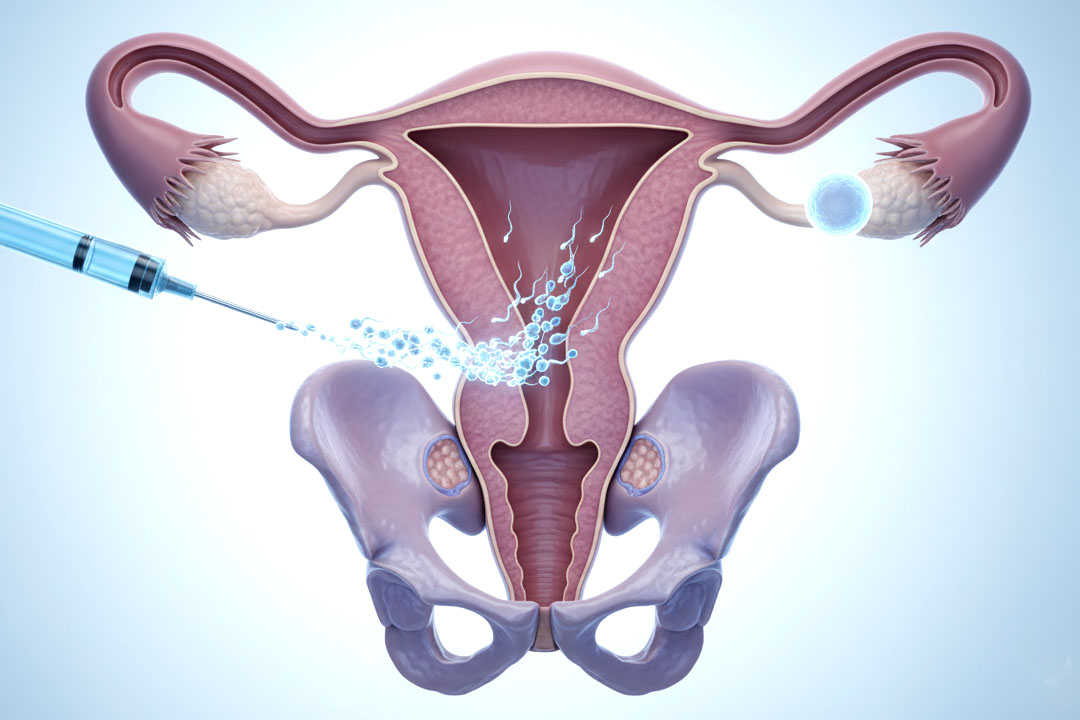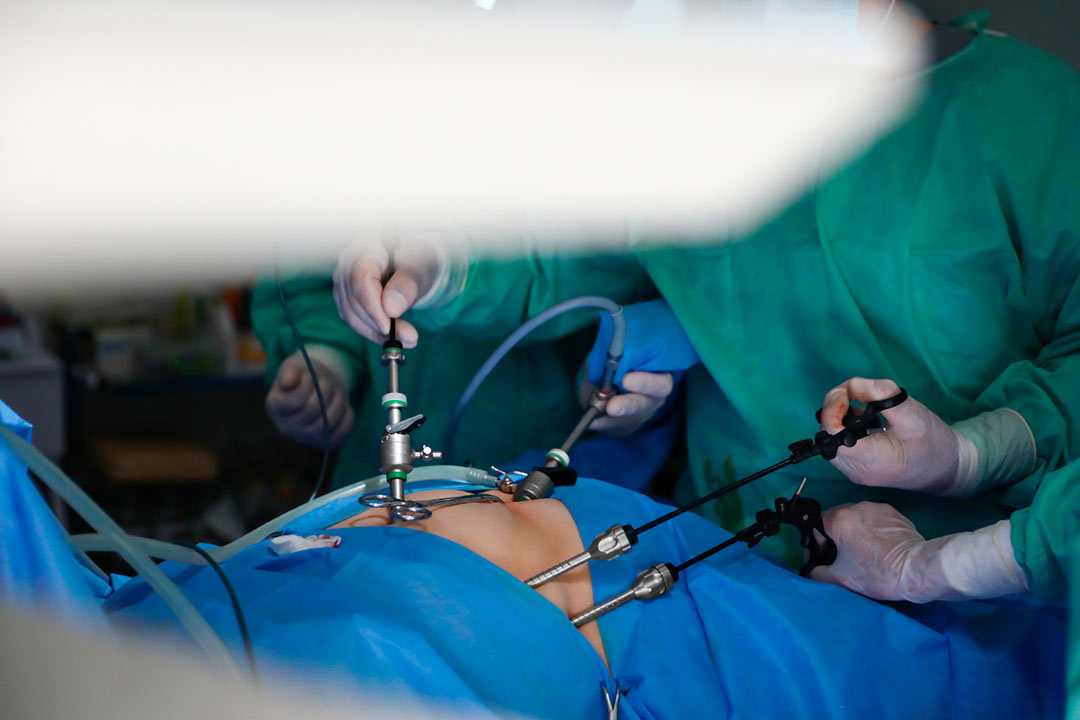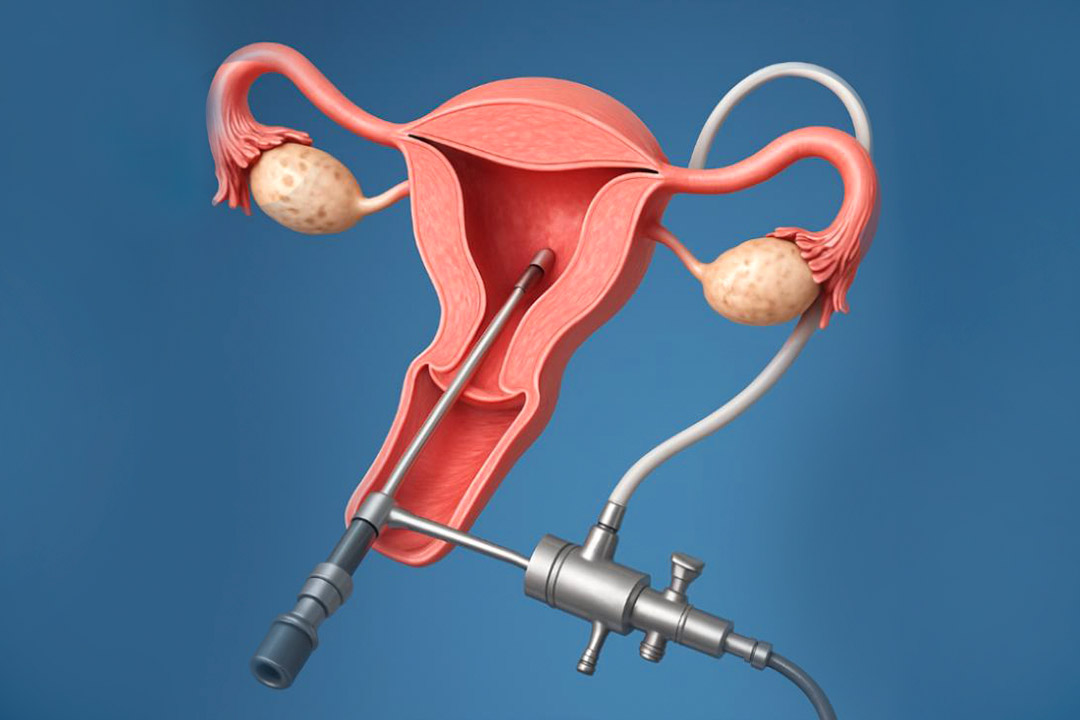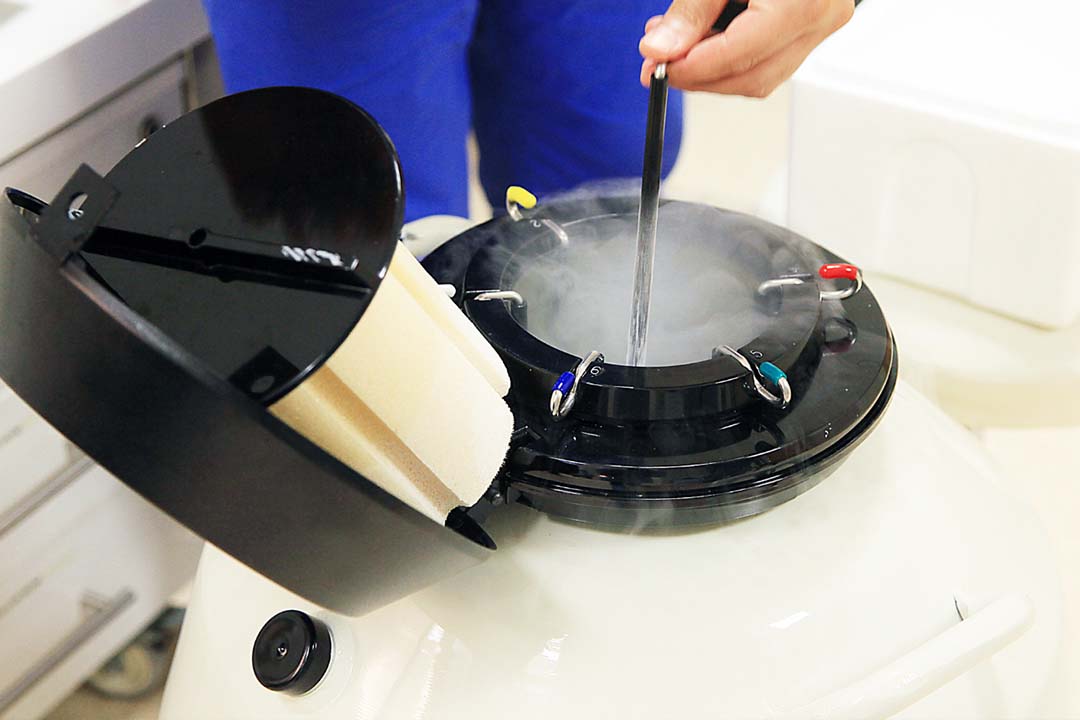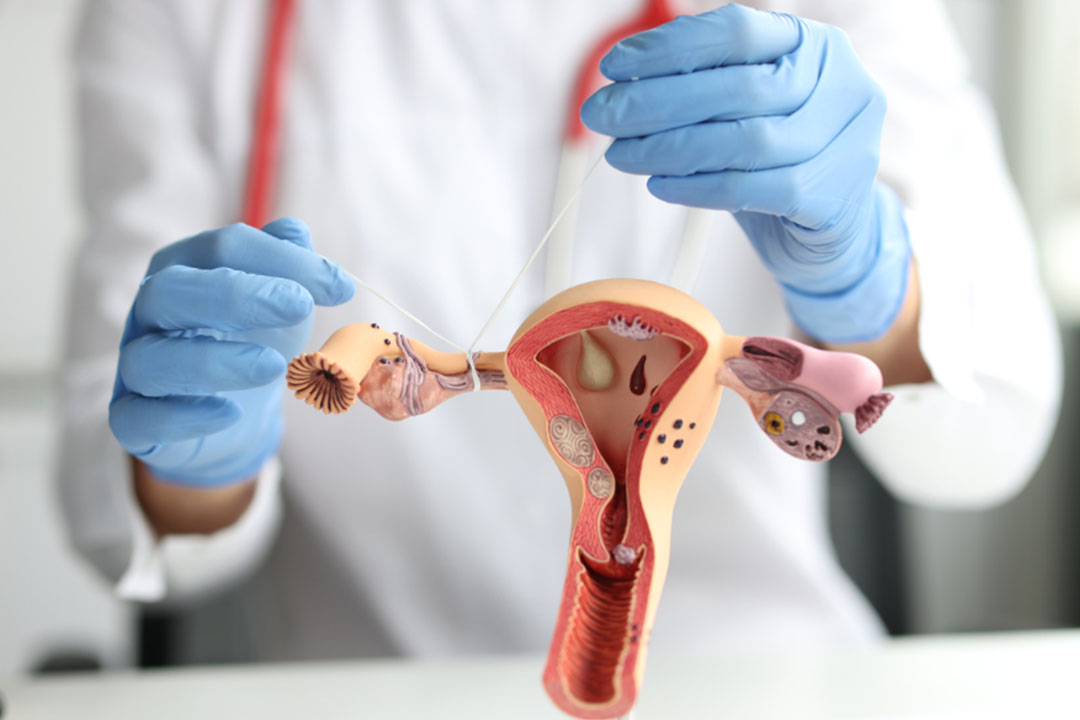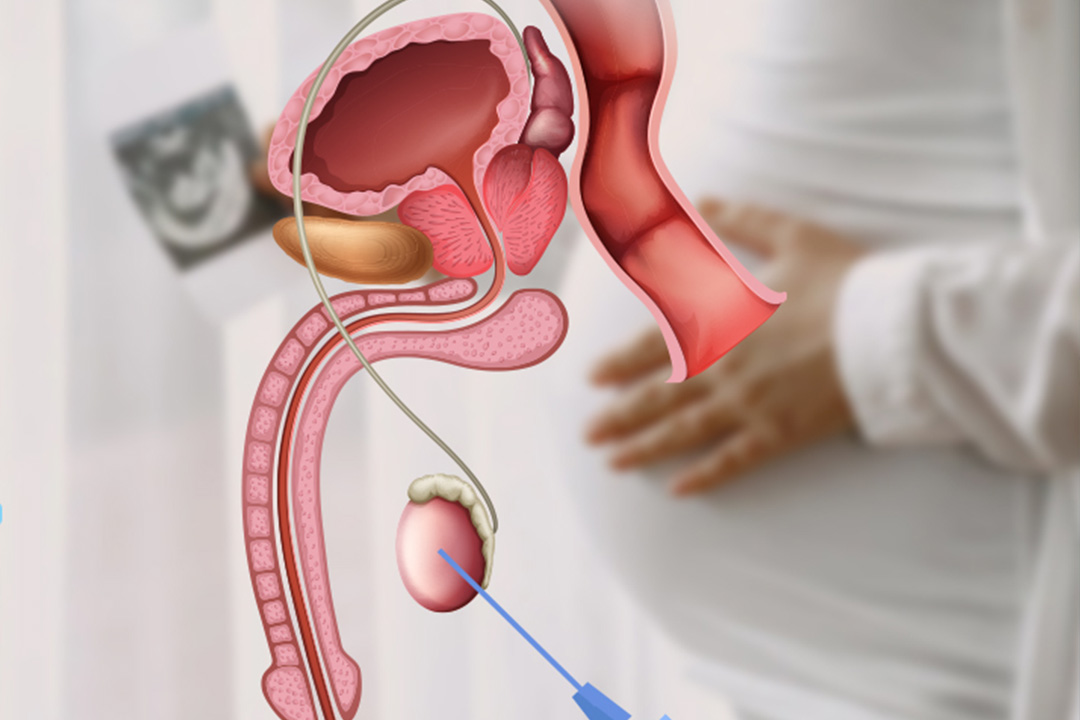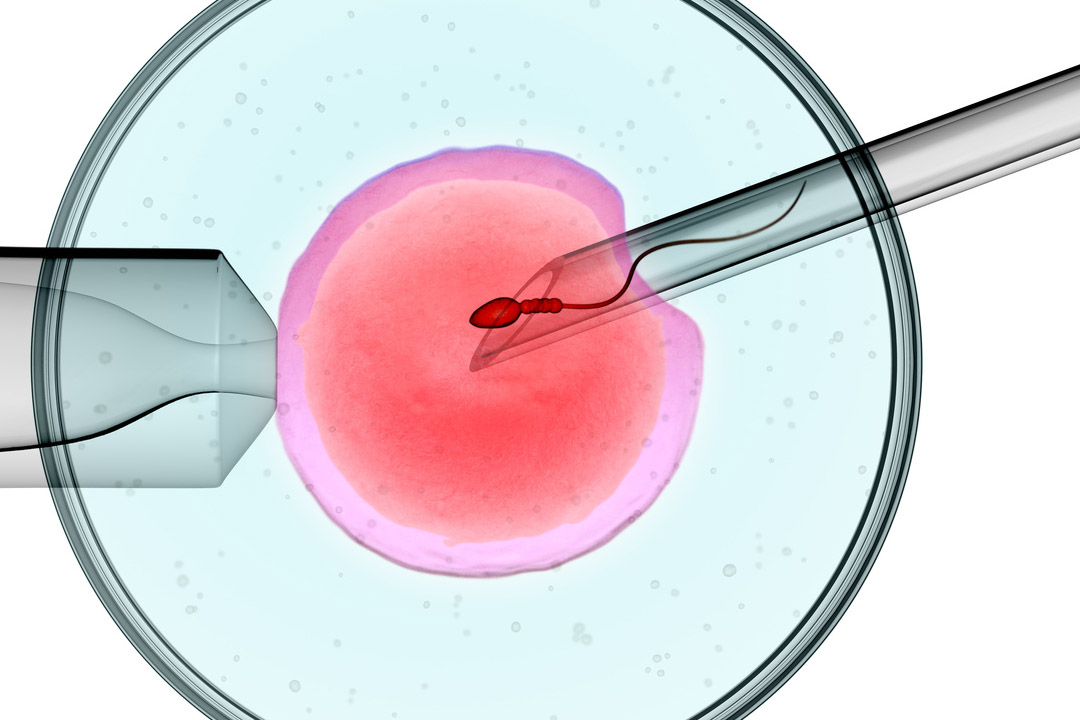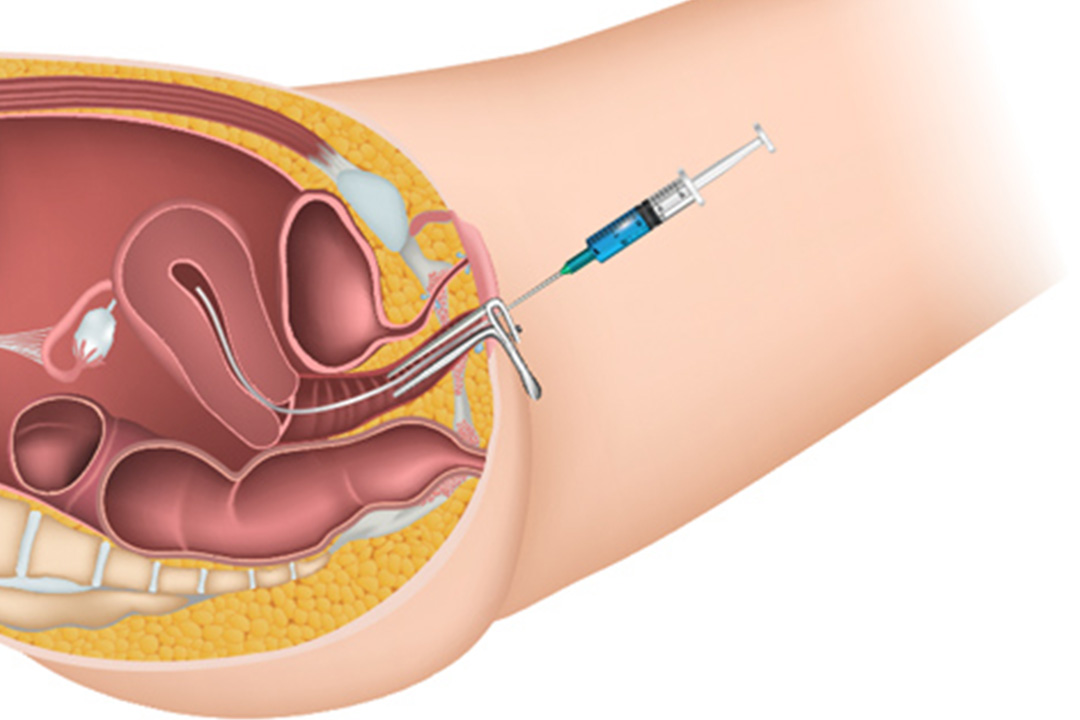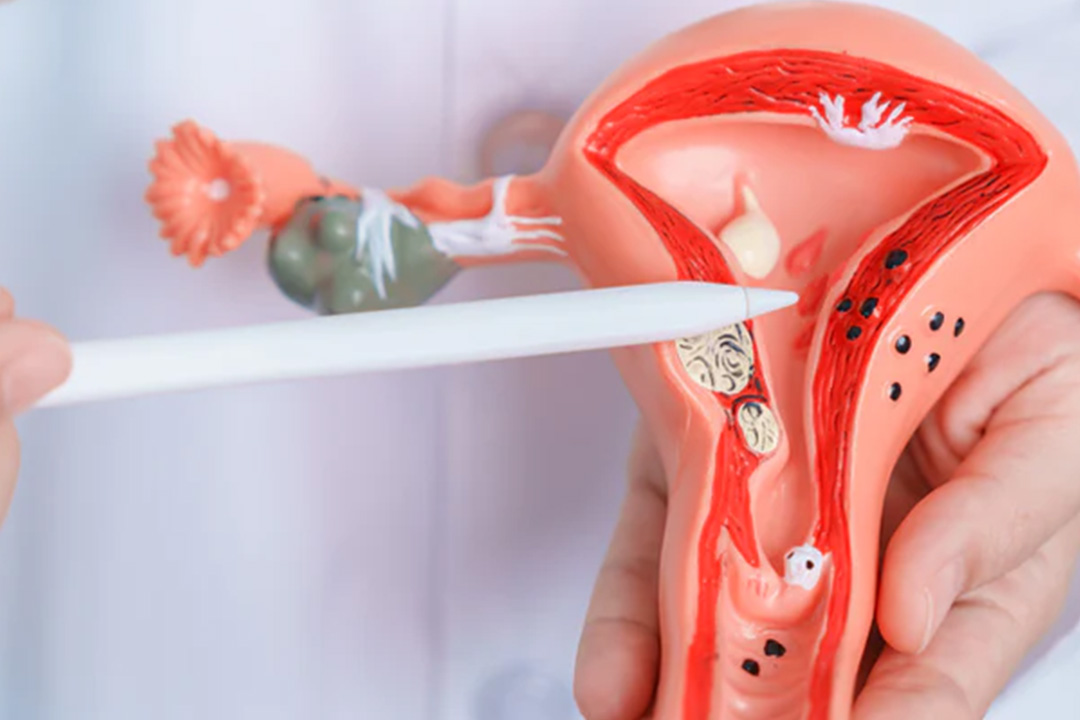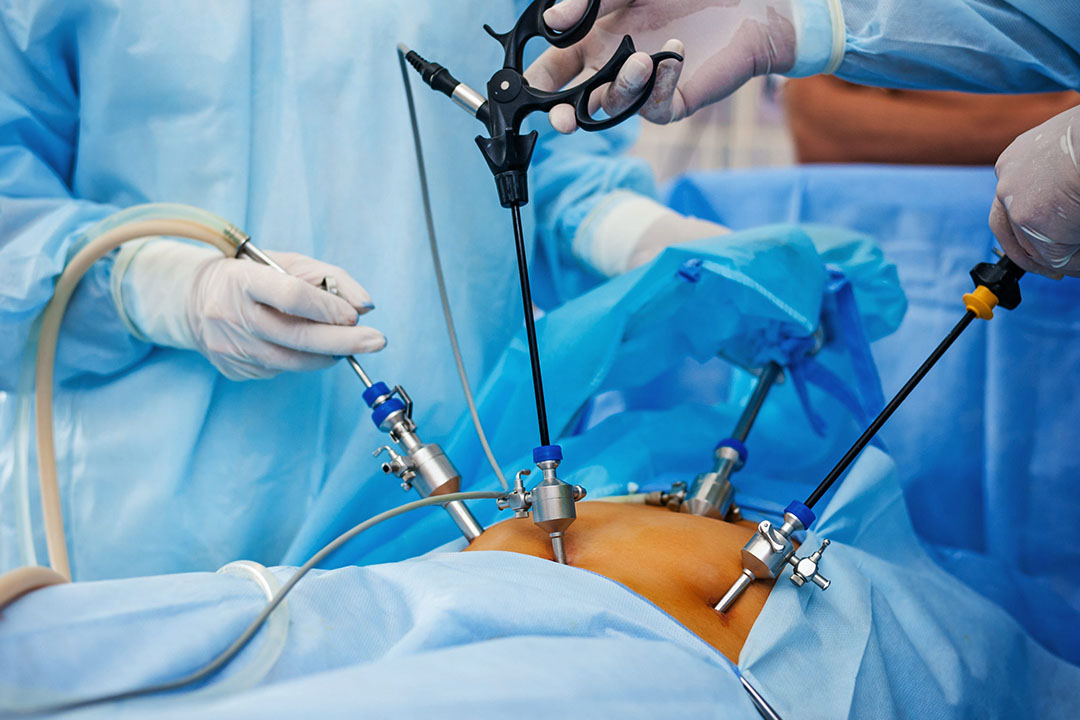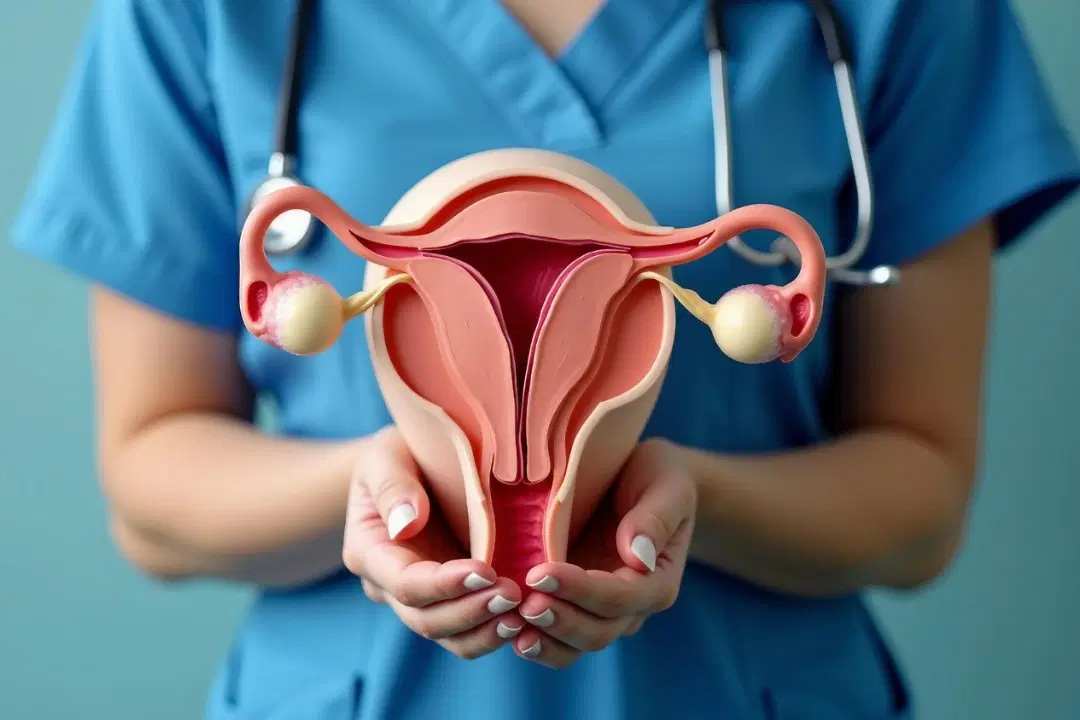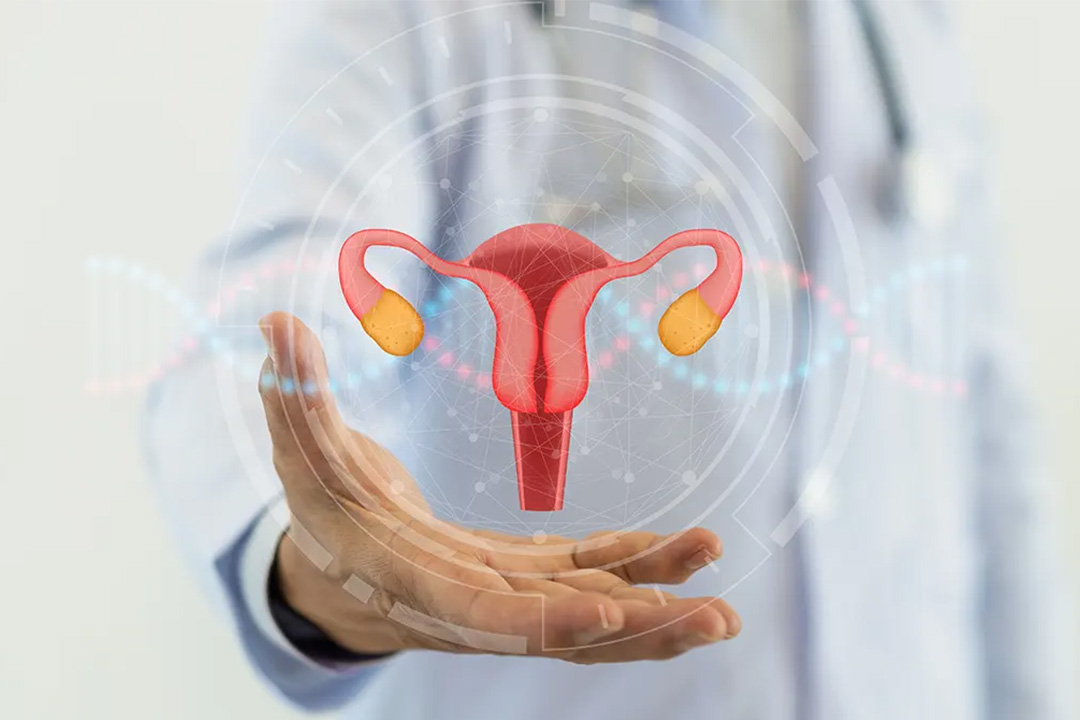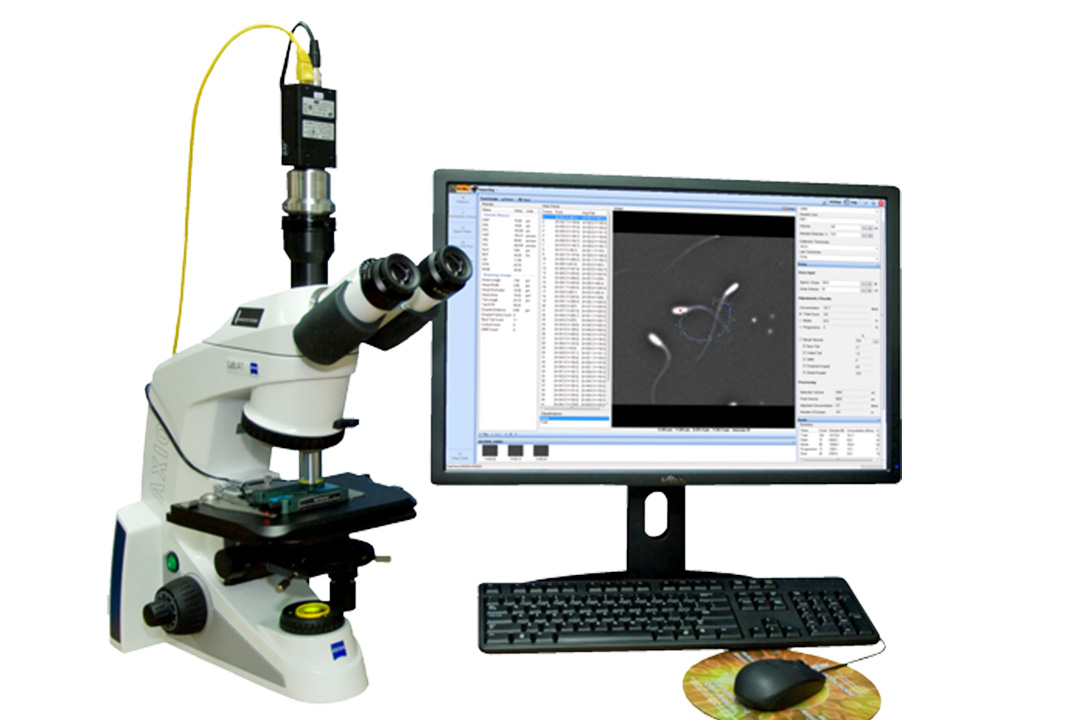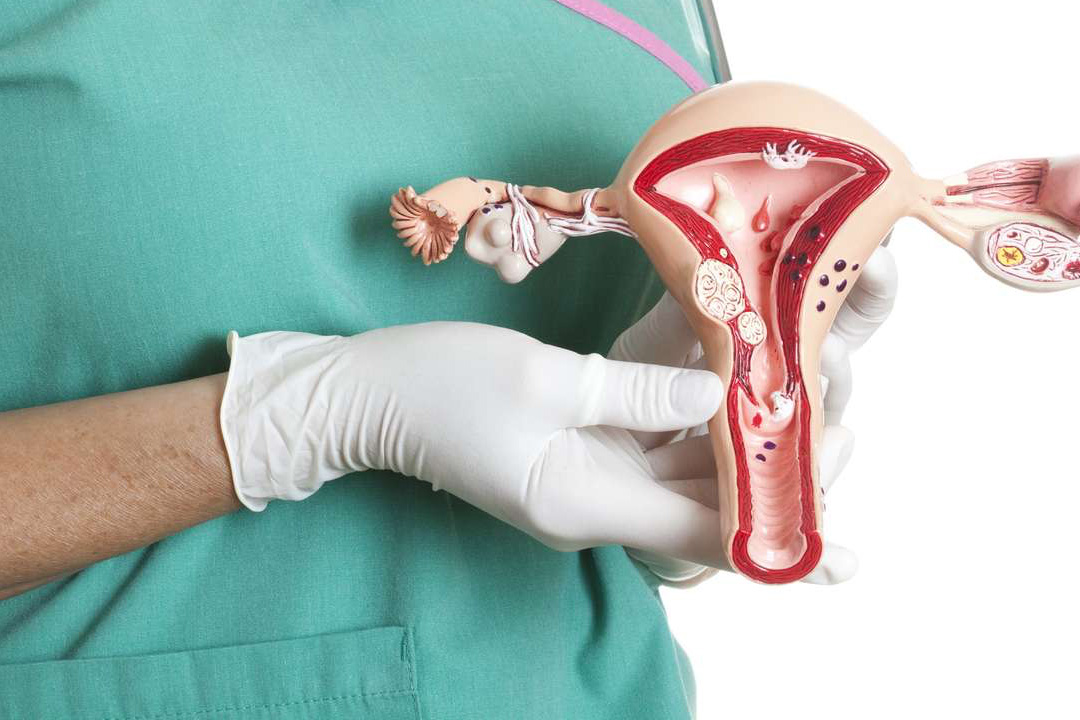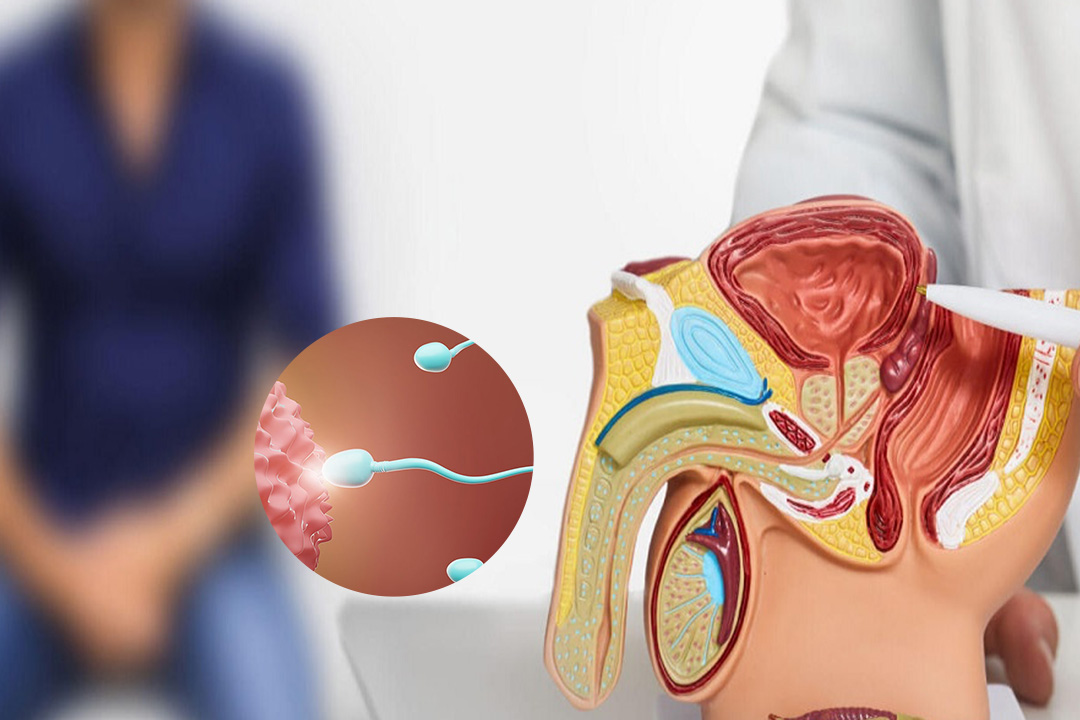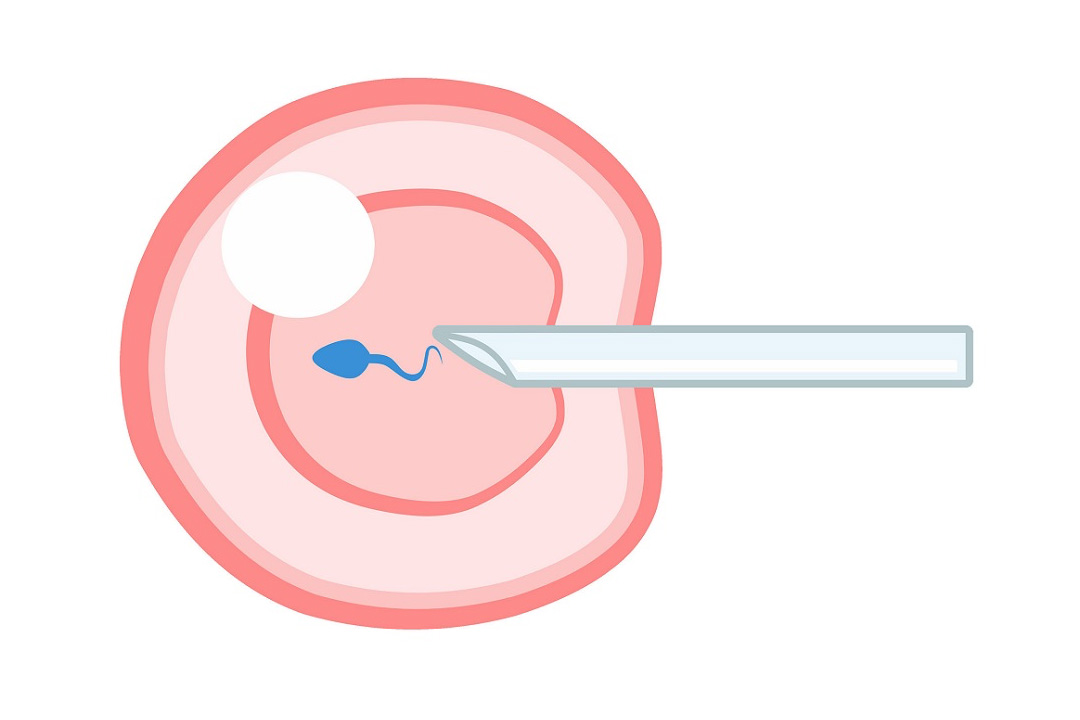Fibroid Operation Cost in India
Uterine fibroids are benign growths within the uterine wall. This has affected many women of reproductive ages. It requires surgical removal to remove these fibroids especially if they result in bleeding, pain, or pressure. The procedure involves removal of the fibroids from the uterus with no attempt to remove the entire organ. It is referred to as a myomectomy.
This procedure is particularly important for women planning to maintain fertility for future pregnancies. Despite the effectiveness of myomectomy, it is important to recognize that fibroids can reappear. Especially in younger women or those with multiple fibroids initially. As a woman approaches menopause, the chance of fibroid recurrence decreases.
Cost Estimate of Fibroid Operation
| City | Cost Range (INR) |
|---|
| Bangalore | ₹ 100500 - ₹ 150000 |
| Chennai | ₹ 100500 - ₹ 150000 |
| Delhi | ₹ 100500 - ₹ 150000 |
| Hyderabad | ₹ 100500 - ₹ 150000 |
| Kolkata | ₹ 100500 - ₹ 150000 |
| Mumbai | ₹ 100500 - ₹ 150000 |
| Pune | ₹ 100500 - ₹ 150000 |
| Patna | ₹ 100500 - ₹ 150000 |
Overview of Uterine Fibroids
Uterine fibroids are benign tumors of the uterus, which may grow to any size. Although many women experience no symptoms at all, some others may have severe symptoms, including heavy menstrual bleeding, pelvic pain, and problems with the reproductive system.
Surgery is only recommended if the symptoms are severe or if the size and location of the fibroids require it, or if the woman wants to conceive. The type of surgery performed is either myomectomy or a more definitive hysterectomy.
Ideally, most doctors prefer the non-surgical option but patients often need surgical intervention if their symptoms significantly affect their quality of life and/or reproductive options. Surgical fibroid removal methods vary, depending on specific recovery, potential for complications, and long-term post-surgical complications, such as effect on future pregnancy and potential to form fibroids in the future.
The most common surgical option for fibroids is myomectomy. It is a procedure aimed at removing fibroids while keeping the uterus intact. There are several approaches:
Abdominal Myomectomy: This is a traditional technique that requires an open surgery with a sizable incision on the lower abdomen. It is used for larger or more fibroids and involves suturing the uterine muscle after removal. Recovery tends to be longer, with a hospital stay and several weeks of home recovery.
Laparoscopic Myomectomy: This minimally invasive method uses small incisions and specialized instruments. Carbon dioxide gas expands the abdominal cavity, giving surgeons a clear view. This approach can reduce hospital stay and speed up recovery, though not all fibroids qualify for laparoscopic removal.
Hysteroscopic Myomectomy: This is an outpatient procedure where submucosal fibroids bulging into the uterine cavity are removed through a slender instrument inserted through the cervix. Recovery time is shorter, and there are no visible external scars.
Each technique must take into account the characteristics of the fibroid, the possible risks, and the patient's future fertility wishes.
Recurrence and Risks
Myomectomy is effective in removing fibroids but does not ensure permanent solution. Recurrence is more likely in younger women and those with multiple fibroids. Risk decreases closer to menopause as hormonal changes slow down the growth of fibroids.
Every surgical method carries its own set of risks:
- Abdominal surgery can lead to heavy blood loss and infection.
- Laparoscopic procedures carry risks of internal injuries and incomplete removal
- Hysteroscopic methods may not be feasible for fibroids embedded deep into the uterine wall.
Factors affecting Fibroid Operation Cost in India
Abdominal myomectomy is the most invasive, hence it usually involves more cost. That’s due to the prolonged stay in the hospital, longer recovery period, and higher utilization of blood transfusions, among others.
Laparoscopic myomectomy tends to be cheaper because of the short stay in the hospital and early return to work. Hysteroscopic myomectomy is the cheapest because it is an outpatient procedure and has minimal recovery time. Not all patients qualify for each procedure, which affects the estimation of cost.
Factors Affecting Cost
There are several factors that influence the total cost of fibroid surgery in India:
Type of Procedure: As discussed above, abdominal myomectomy is relatively more expensive than minimally invasive procedures. The procedure is chosen based on the size, number, and location of the fibroids.
- The quality of the hospital and the facilities available may also vary the cost. Premium hospitals with the latest technology may charge more.
- More experienced specialists may charge more, depending on their level of expertise and success rates.
- Additional tests, medications, and follow-up appointments add to the total cost.
Effect of Technology and Skill
The development of medical technology in India has a major effect on the cost of fibroid surgery. High-tech equipment for laparoscopic and hysteroscopic operations can be expensive to maintain and operate. However, these technologies generally produce better results and quicker recovery times, which can justify the added expense.
More experienced surgeons in minimally invasive treatments are more expensive, but they have greater success rates and less problems. It benefits the patient both medically and financially.
In addition, hospitals that invest in advanced technology can draw overseas patients looking for high-quality care at a lesser cost than Western countries.
Insurance and Financing Options
Many health insurance policies in India cover some of the costs related to fibroid surgery. Patients should speak with their insurance providers to find out the extent of their coverage. Some insurance plans may need permission for surgeries, affecting the total expense.
Many hospitals provide financing schemes or tie-ups with financial organizations to help patients cover their fees. Such programs may offer payment choices, which decrease the pressure of current financial expenses. Patients should read the fine print of the financing arrangement carefully. Especially the interest rates and repay conditions.
Non-Surgical Alternatives and Their Costs
Surgery is still the most used treatment for symptomatic fibroids but non-surgical options could be considered, depending on each case. Uterine artery embolization, radiofrequency ablation, and magnetic resonance-guided focused ultrasound surgery are less invasive procedures. Although their costs are more affordable than the cost of a major surgery, they are still not suitable for all types of fibroids, nor for women looking forward to getting pregnant in the future.
The cost of these options differs. For example, uterine artery embolization may be cheaper than a complete surgical procedure, but it has its own risks and recovery issues. Patients should consult their doctors to determine the most cost-effective and medically appropriate approach for their situation.
Long-term financial considerations
It is important to consider the long-term financial implications of fibroid surgery. Recurrence of fibroids may lead to additional treatments or surgeries, which will influence overall healthcare costs.
Some patients go for preventive measures, such as regular check-ups and lifestyle changes, to reduce the chances of recurrence. These measures cannot directly reduce surgery costs, but can minimize future medical expenses.
In addition, the risks of complications arising after surgery could be a source of additional cost. Infections, blood transfusions, or other interventions during recovery might be more costly than the primary surgery. Thus, it is important to choose a hospital that offers complete care, including an experienced surgical team and strong support during recovery.
Conclusion
The cost factors for fibroid surgery in India vary greatly, such as different types of surgery, type of hospital facility and trained surgeon, geography, amongst others. India, however, provides surgical services at a price lower than in most Western countries, yet with care of high quality. Patients are advised to make a proper search and consult medical professionals before deciding on the procedure.
They should discuss financial details, including insurance coverage and financing plans, before making a decision. Balancing cost with medical suitability, recovery time, and long-term health outcomes ensures that women receive effective treatment for fibroids while managing their financial resources wisely.
About Us
AKsigen IVF is a premier center for advanced fertility treatments, with renowned fertility experts on our team. Specializing in IVF, ICSI, egg freezing, and other cutting-edge reproductive technologies, AKsigen IVF is committed to helping couples achieve their dream of parenthood. With personalized care and a patient-first approach, AKsigen IVF provides comprehensive fertility solutions under one roof.












